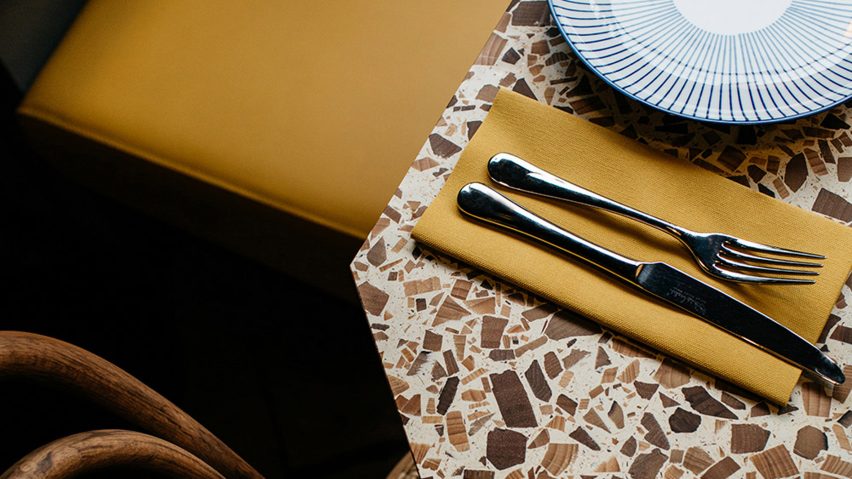
Foresso creates timber terrazzo using recycled materials
Birmingham-based surfaces manufacturer Foresso uses timber offcuts and plaster waste to produce this terrazzo-like sheet material, which shows off the grain of the wood.
Foresso was established by designer Conor Taylor as a reaction against the culture of disposable interiors and the waste produced by typical manufacturing processes.
The composite sheet material combines wood waste, plaster waste, resin and pigment to create a decorative and hard-wearing binding material that is cast onto a birch plywood substrate.

Taylor was inspired by the history of terrazzo, which was used as a way to repurpose leftover marble to make flooring, during the construction of Venice's palazzos in the 15th century.
The designer was working in a south London carpentry shop when he had the idea to reuse timber offcuts and waste in a way that celebrates the variety and beauty of woodgrain.
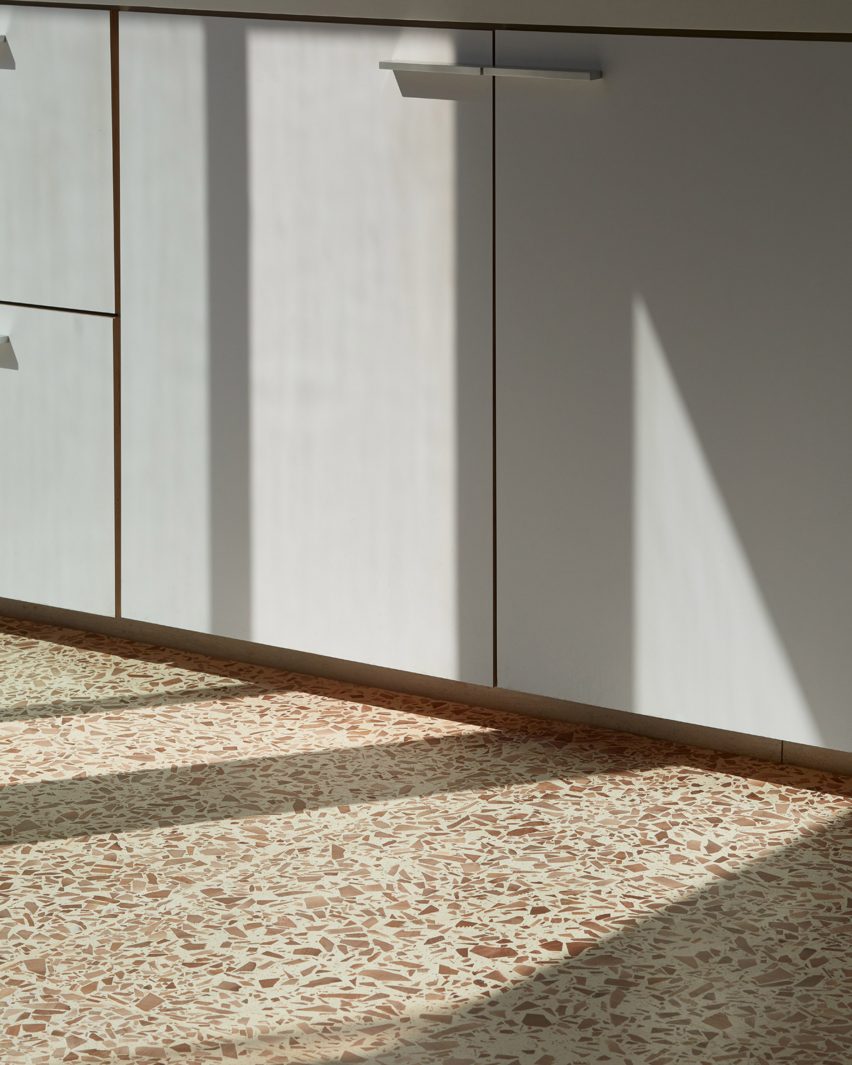

Foresso is made using timber waste from the furniture industry that is deemed unsuitable for joinery due to splits, knots or odd sizing.
The company sources this material from local sawmills and uses it instead of stone to give the binding material a distinctive warm, textural detail.
The wood is combined with planing shavings from the sawmill and plaster from a nearby bronze foundry, which is processed so it can be used to create a durable binding material for the terrazzo.
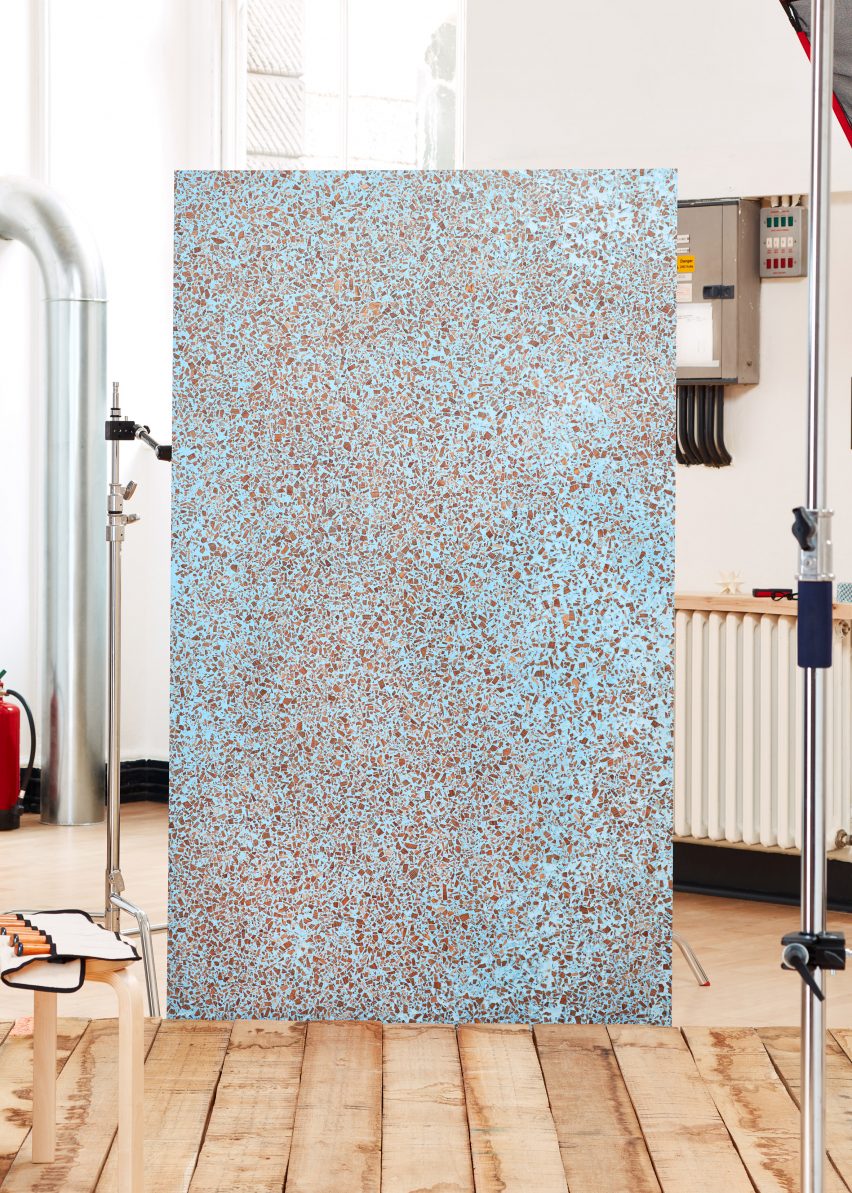

"We see waste as raw materials rather than something to be discarded, and we are deeply committed to reducing our ecological impact," Foresso claimed.
"This is not just through using recycled materials in our products, but also about reducing our use of plastics, designing our supply chain to reduce travel distances, and making thoughtful decisions in every aspect of our business."
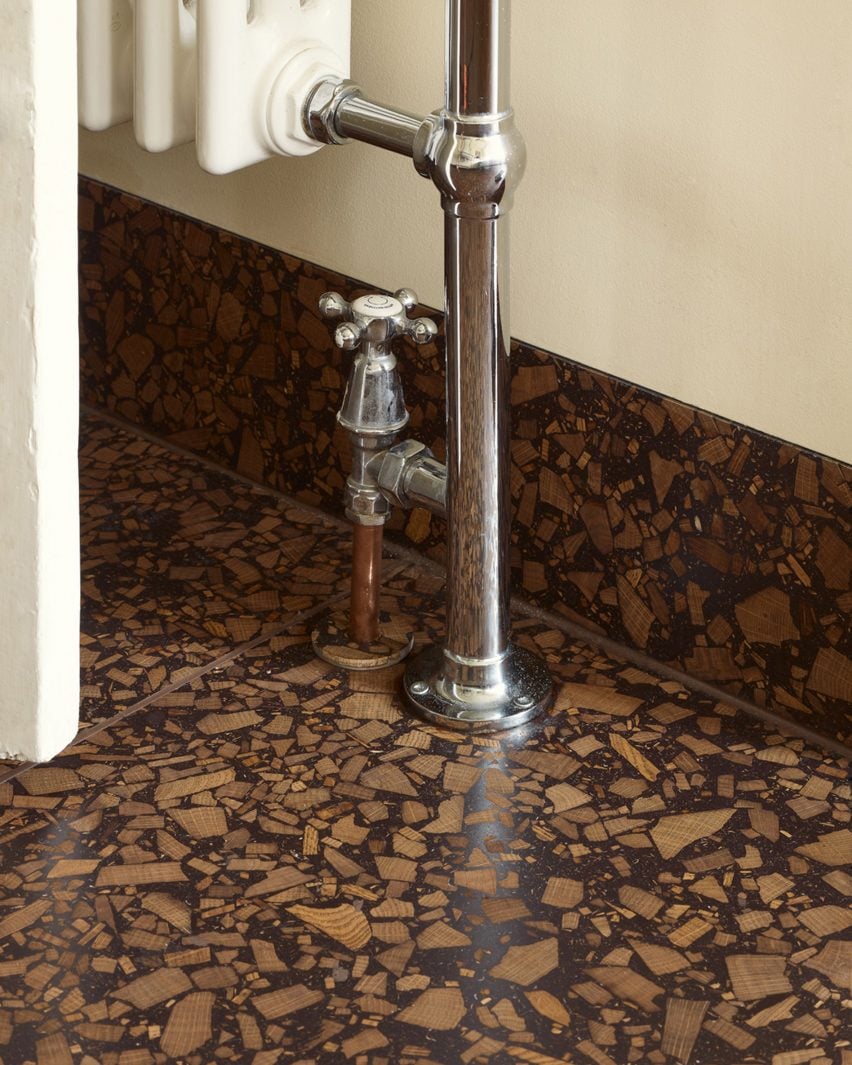

Foresso has produced a binder made using 85 per cent recycled material with no volatile organic compounds (VOCs).
The material can be used for interior surfaces including flooring, tabletops and wall coverings in all sorts of commercial and domestic environments.
Available in standard-sized sheets, it can be easily cut and altered with regular tools and is sealed using a combination of food-safe hardwax oils to create a durable finish.



Taylor teamed up with Jake Solomon of architectural supplier Solomon & Wu to develop and manufacture Foresso's first range of four designs, which is called the London collection.
Each product is inspired by the aesthetic history of a particular neighbourhood in the British capital and uses timber sourced from trees felled in London.
The selection of woods such as oak, plane, walnut and cedar gives the different products their particular character, which is complemented by the choice of binder colour.
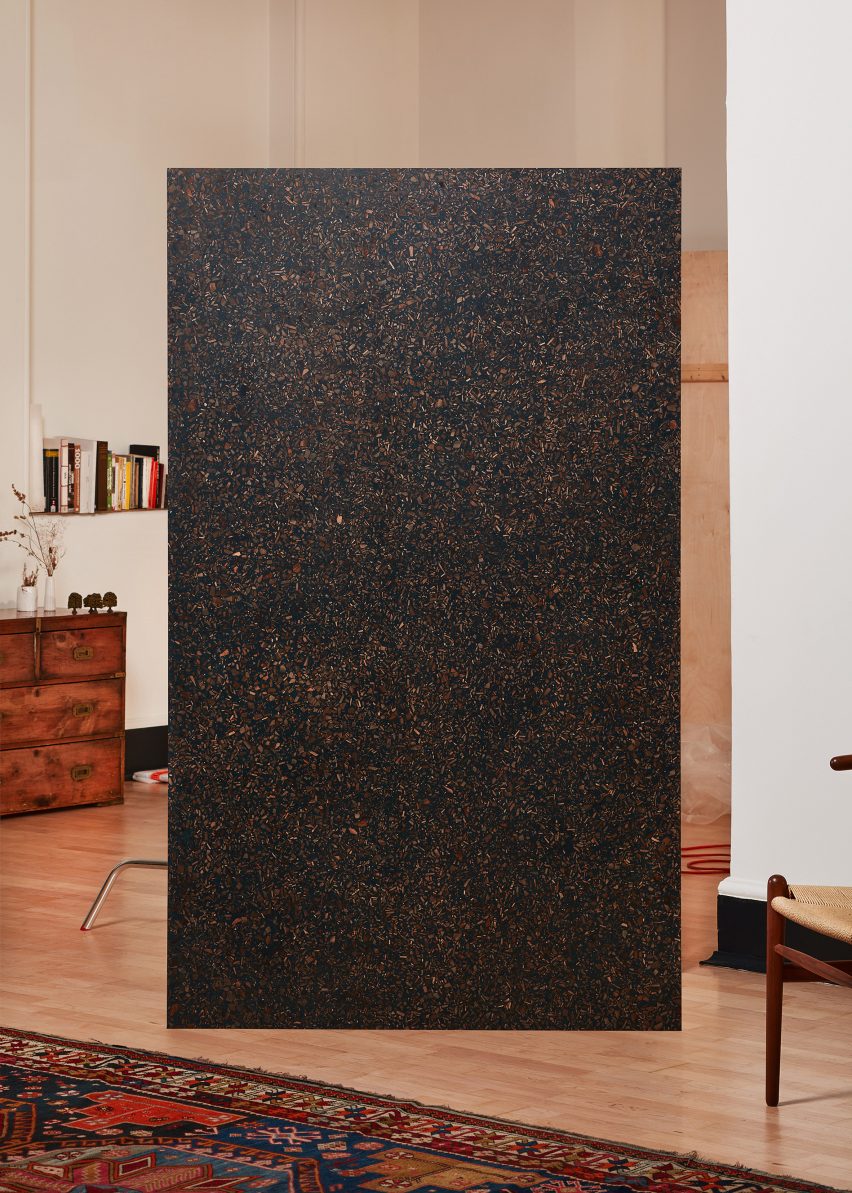

Terrazzo has experienced a renaissance in recent years, with designers using it in interior projects ranging from a pizza restaurant in Beijing containing intersecting terrazzo volumes and a pilates studio in London with a light-grey terrazzo floor.
Several new terrazzo products have also been released recently, including Robin Grasby's Altrock material made from marble offcuts, and a sustainable terrazzo made from discarded glass by Super Local.